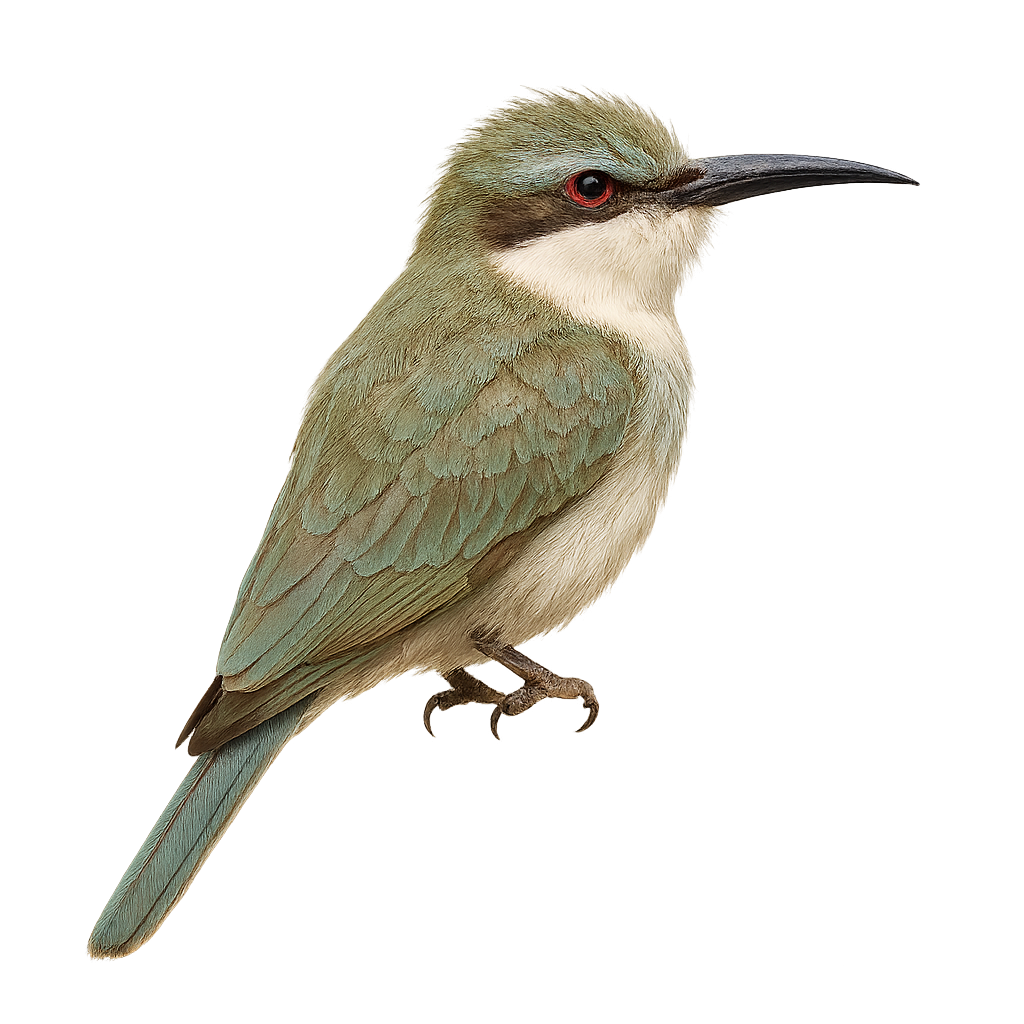Your wildlife photography guide.
Explore the somali bee-eater in detail, study its behavior, prepare your shots.
Where to observe and photograph the somali bee-eater in the wild
Learn where and when to spot the somali bee-eater in the wild, how to identify the species based on distinctive features, and what natural environments it inhabits. The WildlifePhotographer app offers tailored photography tips that reflect the somali bee-eater’s behavior, helping you capture better wildlife images. Explore the full species profile for key information including description, habitat, active periods, and approach techniques.
Somali Bee-eater
Scientific name: Merops revoilii

IUCN Status: Least Concern
Family: MEROPIDAE
Group: Birds
Sensitivity to human approach: Suspicious
Minimum approach distance: 10 m
Courtship display: March to May
Incubation: 20-22 jours
Hatchings: April to June
Habitat:
Savannah, arid zones, bushes, rivers
Activity period :
Primarily active during the day, with peak activity in the morning and late afternoon.
Identification and description:
The Somali Bee-eater is a colorful bird, primarily green with shades of blue and yellow, and a reddish throat. It is endemic to the arid regions of the Horn of Africa, particularly in Somalia and northeastern Kenya. This bird is often seen in small groups, perching on exposed branches from where it hunts flying insects. Its flight is fast and agile, allowing it to catch prey mid-air. The Somali Bee-eater is a social bird, often seen preening each other. It nests in burrows dug into sandy banks, where it lays its eggs. Although its population is stable, it is sensitive to habitat disturbances.
Recommended lens:
400mm – adjust based on distance, desired framing (portrait or habitat), and approach conditions.
Photography tips:
To photograph the Somali Bee-eater, it is advisable to use a telephoto lens of 400mm or more to capture details without disturbing the bird. Look for areas where they often perch, such as exposed branches near rivers or bushes. Morning or late afternoon light is ideal to bring out the vibrant colors of their plumage. Be patient and discreet, as these birds can be suspicious. Avoid sudden movements and use a tripod to stabilize your camera.
The WildlifePhotographer App is coming soon!
Be the first to explore the best nature spots, track rutting seasons, log your observations, and observe more wildlife.
Already 1 432 wildlife lovers subscribed worldwide

